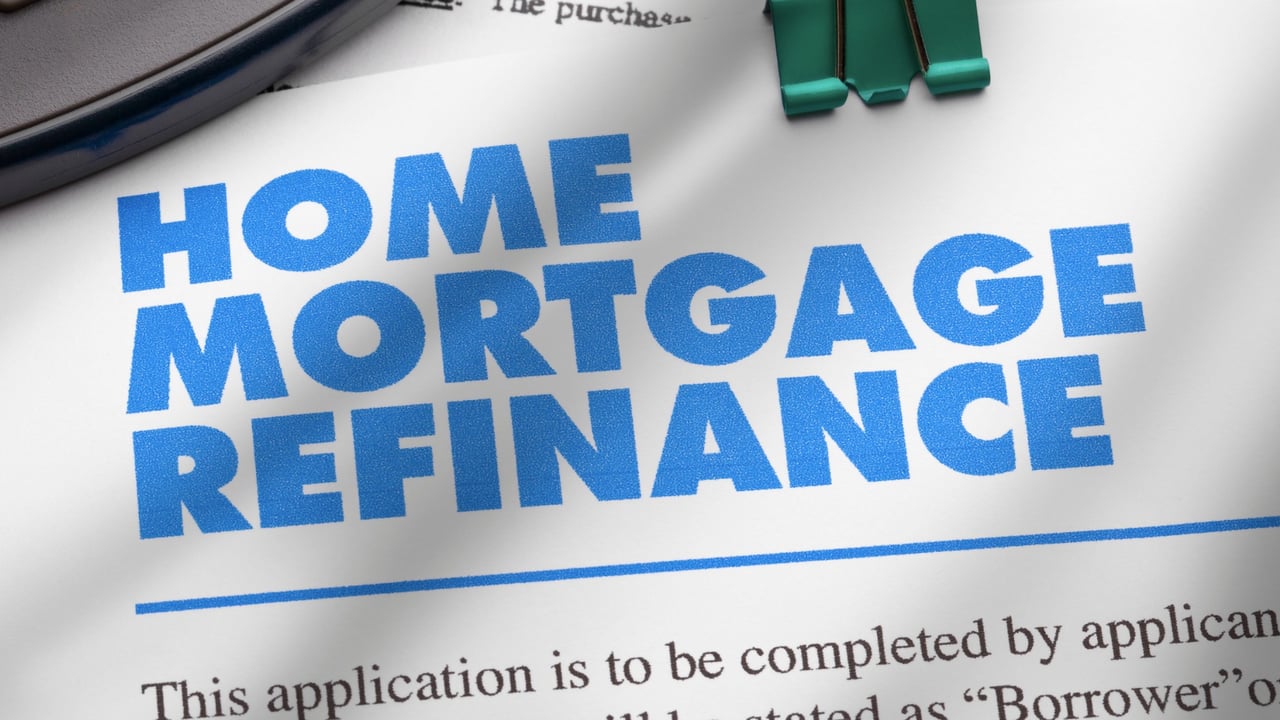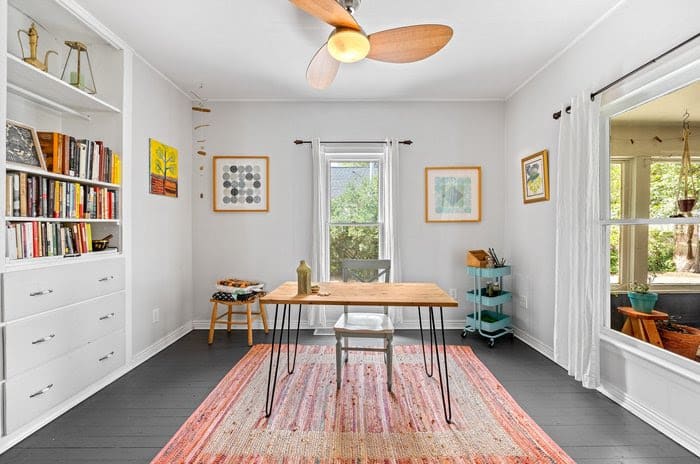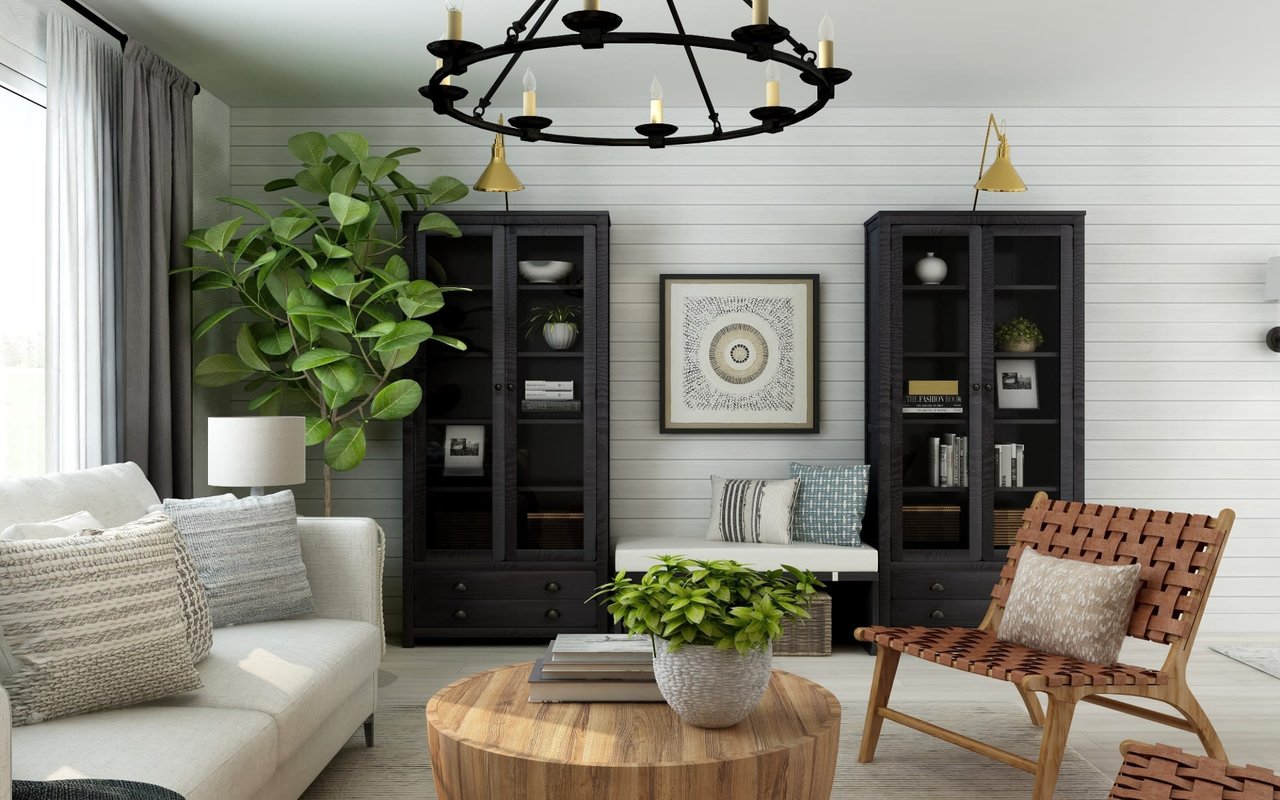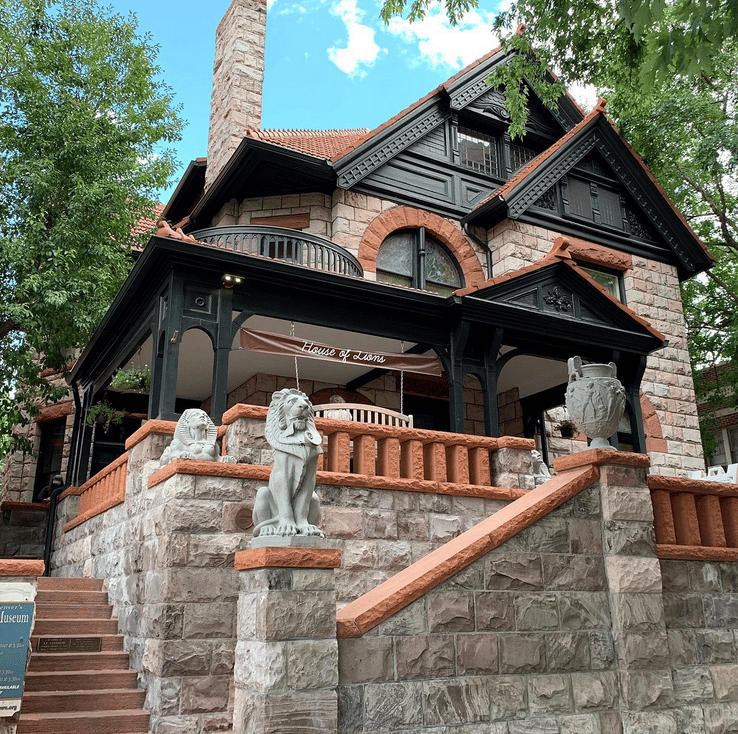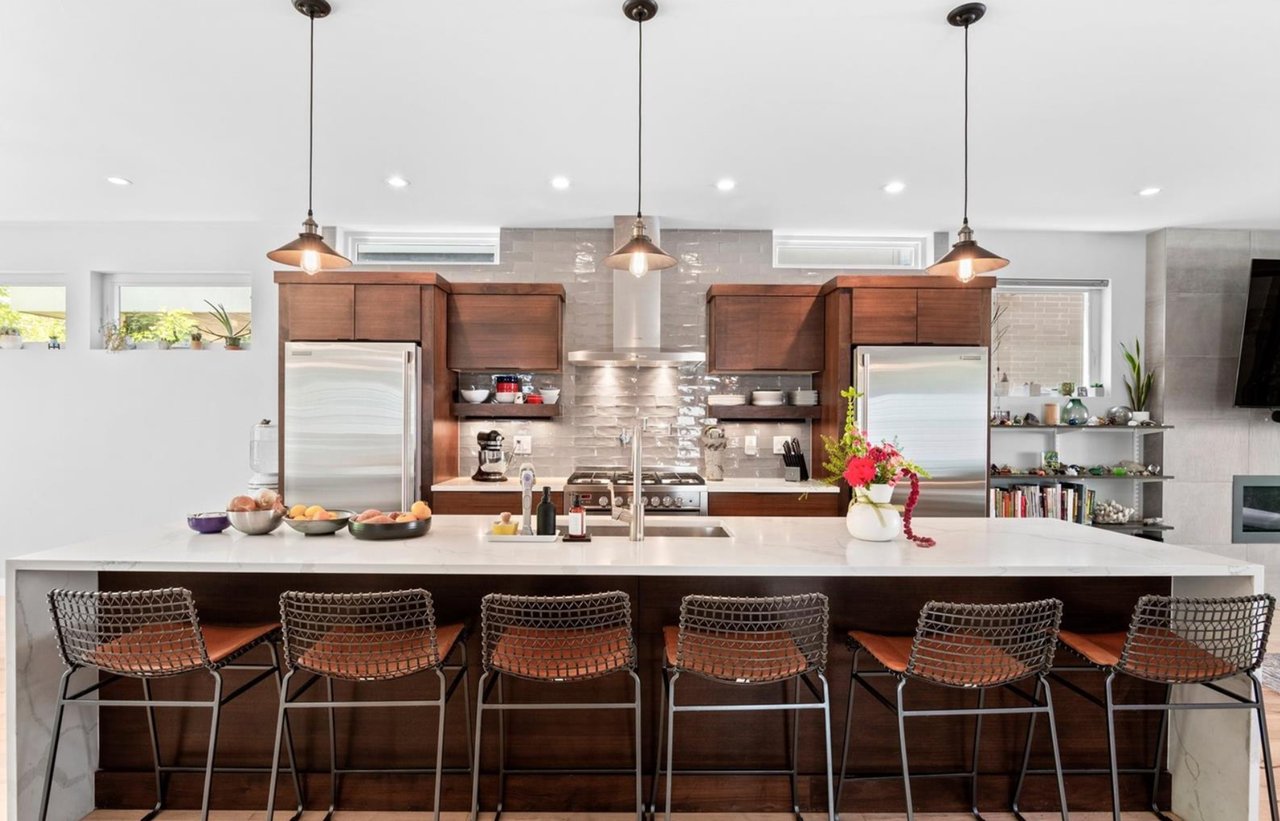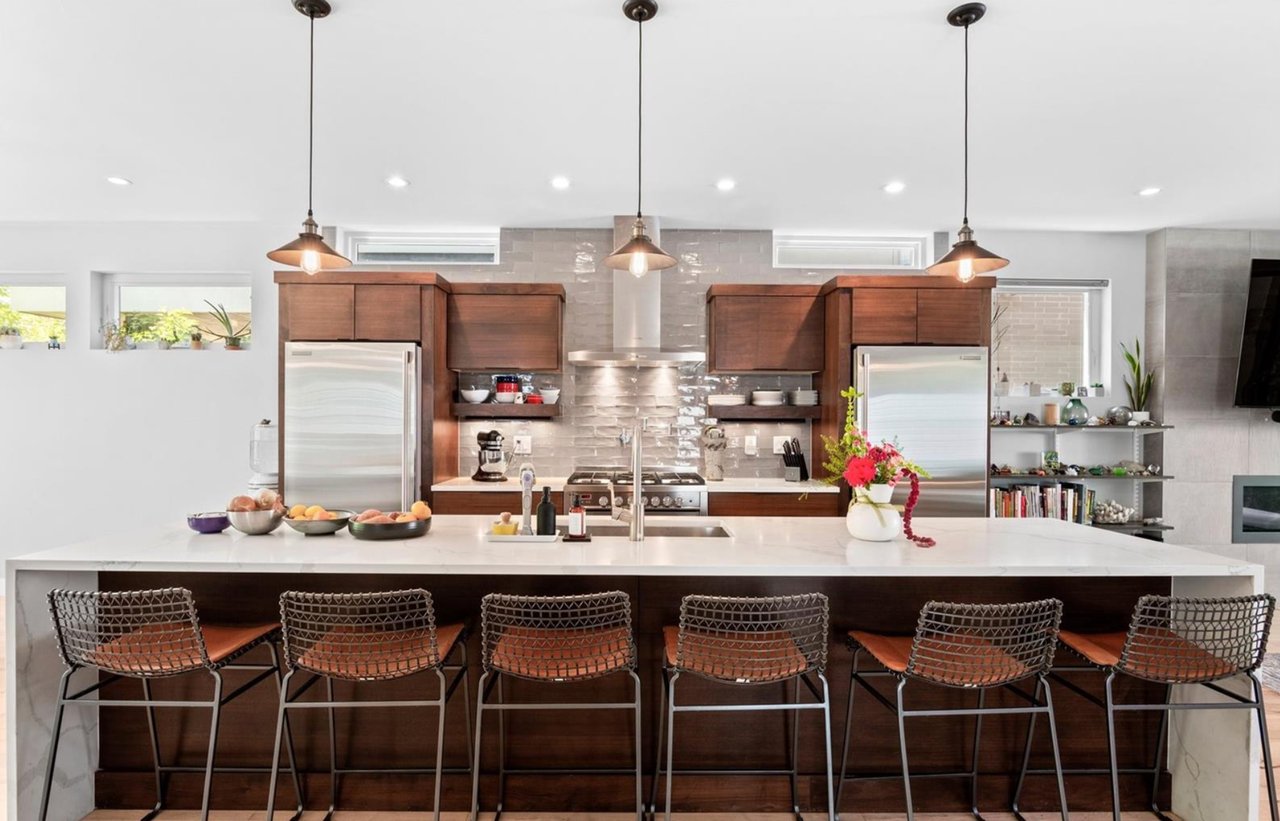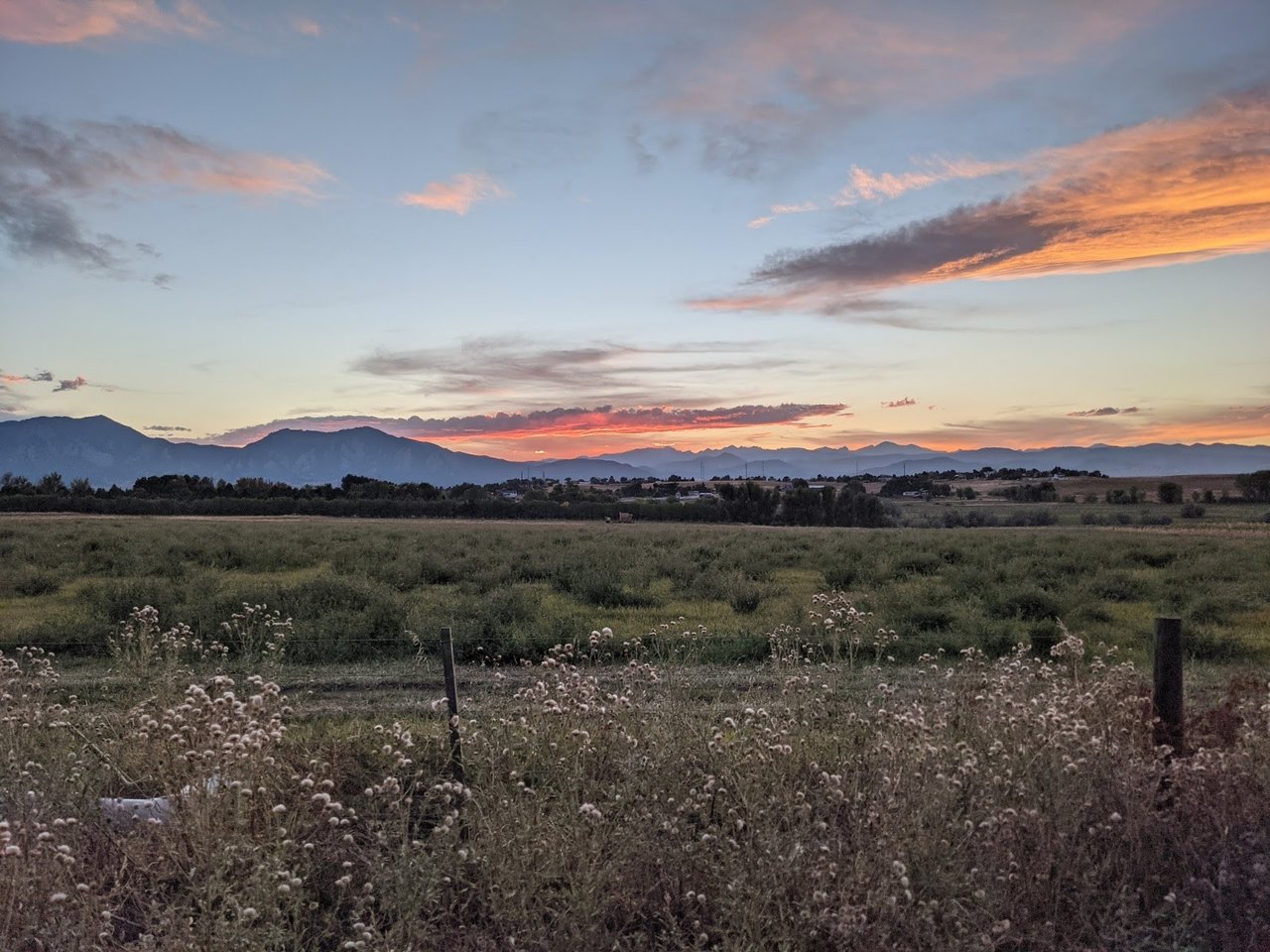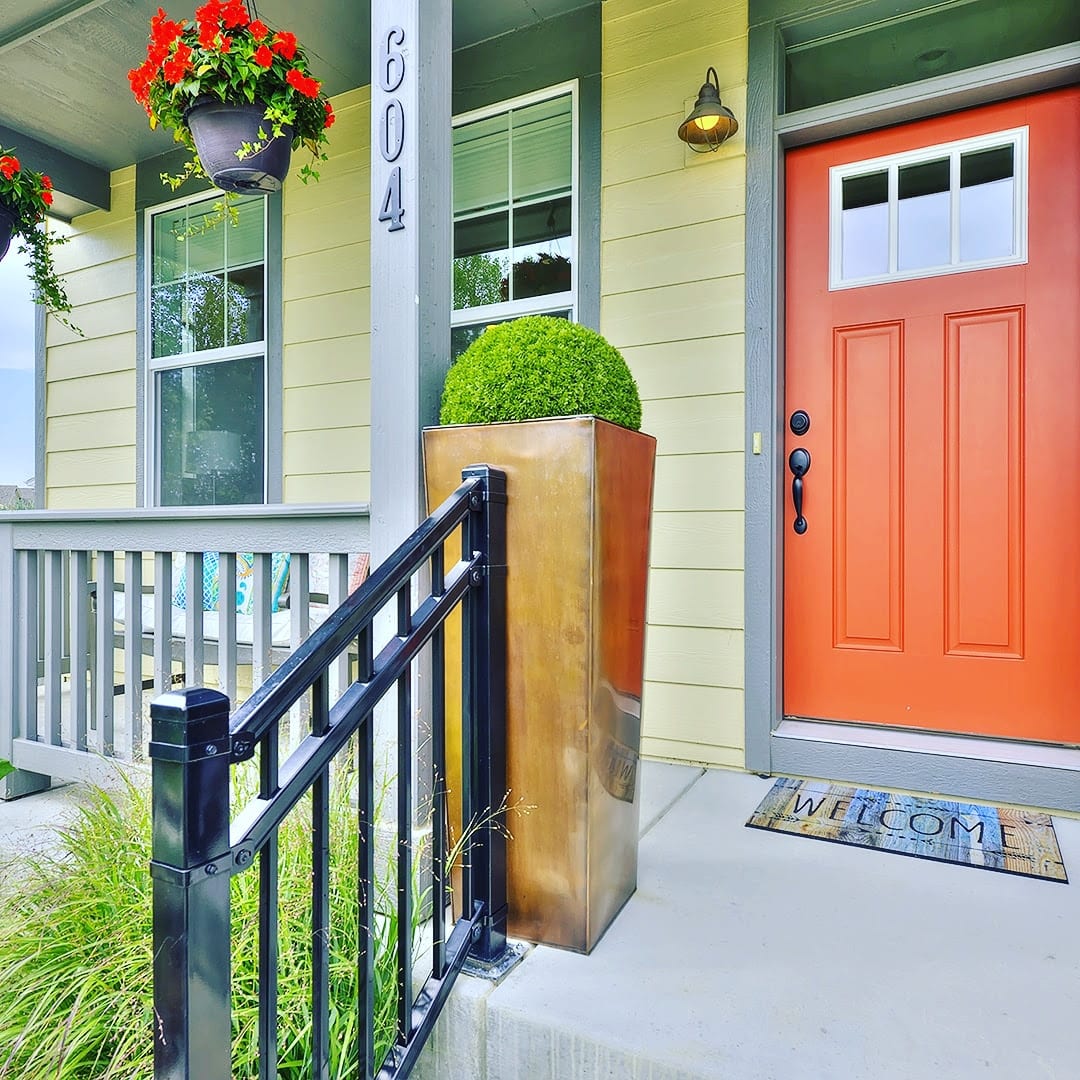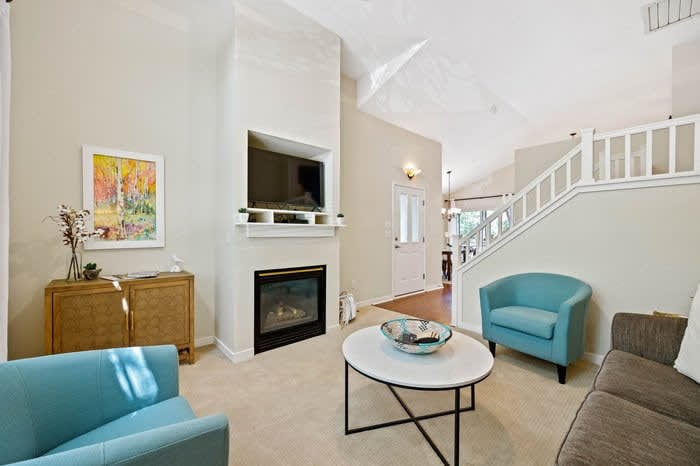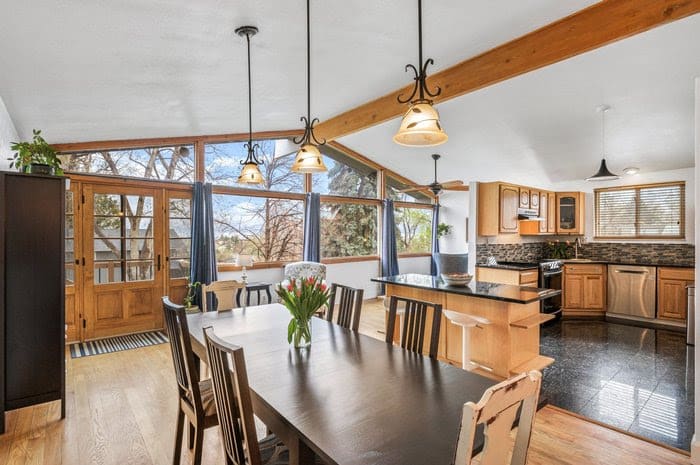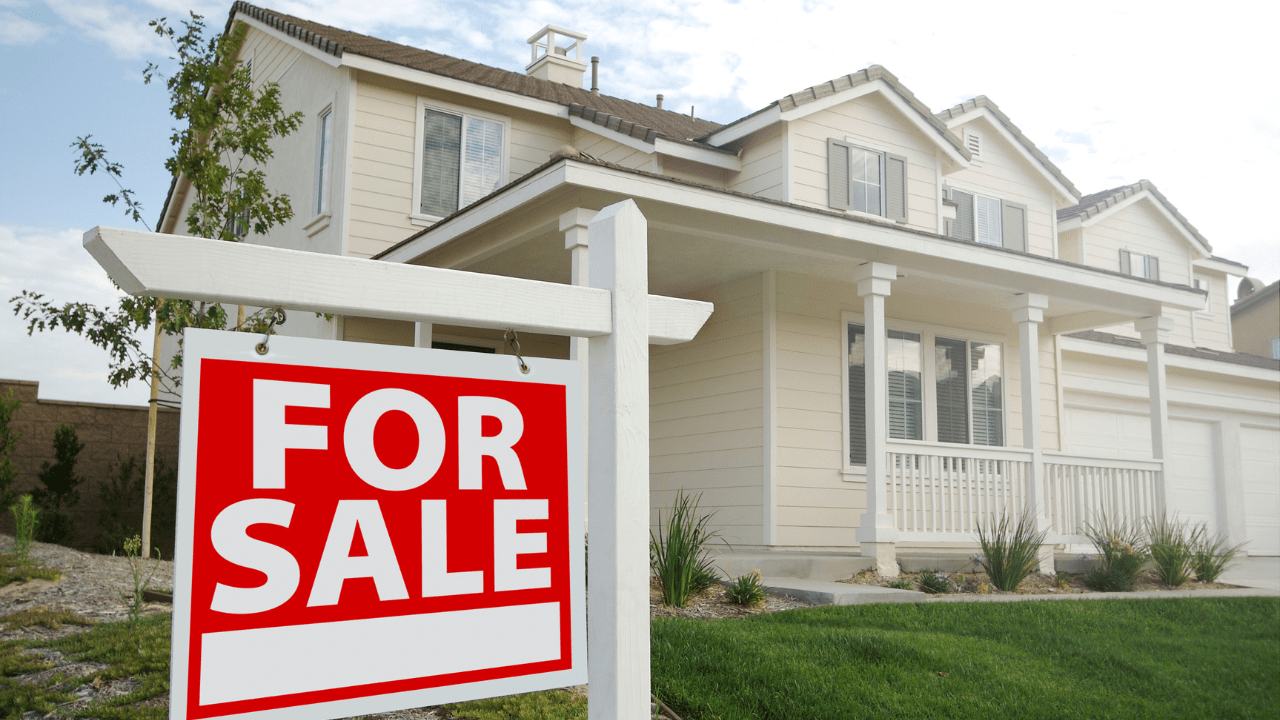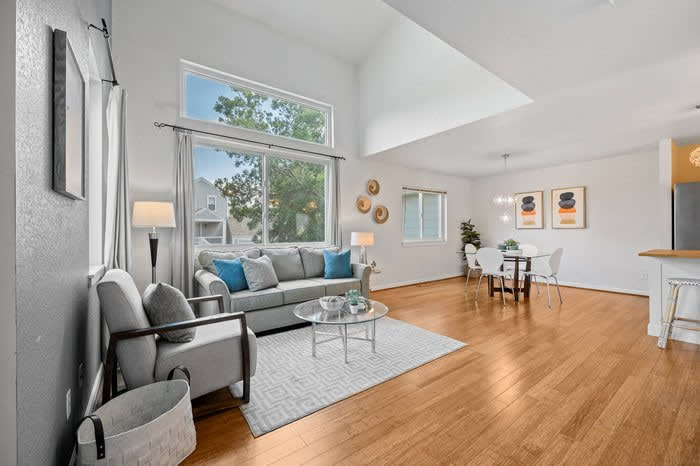One of the most important jobs that Ken and I have as Realtors and advocates for our buyers is to help them assess properties on the showings we do together.
While we are looking for positive attributes of the properties, we are also always looking for red flags that could pose problems for our clients, should they end up purchasing the home in consideration. We want to educate our clients on what issues they could expect while they would live in the home, and upon re-sale.
So what are the biggest red flags Ken and I watch out for and when might buyers consider walking away from a property they might otherwise really like?
Structural Problems- Past or Present: Structural issues are not uncommon on the Front Range. We have expansive soils which can create movement in a home’s foundation and flooring, and there are plenty of neighborhoods with older homes that may be more prone to structural issues.
Structural issues present themselves in the form of cracking on the interior walls and drywall, cracks around doors and windows, uneven flooring, and cracks in basement walls. These issues are usually pretty easy to spot. Once structural issues start, they can be quite costly to fix and while the fixes are proven and permanent, they are very expensive. If buyers choose to purchase a home with structural issues, they should always consult with a structural engineer so they have a full understanding of the problem. Additionally, buyers should know that structural issues can “stigmatize” a property and they may have issues when they go to sell, in the form of longer market time and they may have to take a price drop to get their home under contract with a willing buyer.
Sewer Line Problems: Sewer line problems are not easy to spot upon showing a home, but the good news about sewer issues is that they are easy to find out about during the buyer’s home inspection period. Ken and I always highly recommend doing a sewer scope on any property in which buyers will be responsible for taking care of the sewer line after closing.
Sewer line issues include cracking in the line, dips or “bellies” that create water backups, or root intrusions from surrounding vegetation. The above issues can cause sewer water to leak out into the ground, or sewage backups into the home.
Sewer line issues can be quite costly to fix. Upon finding a sewer issue, the buyer can request the seller of the home repair the problem, however, sometimes sellers are unwilling or unable to do so. If sellers can’t or won’t fix a sewer issue, it may be best for buyers to go find a different home.
Road or Train Noise: Buying a home that is close to a busier road or train track should be approached with caution and buyers will have differing, subjective opinions on how much the noise bothers them. A home by a busier road could mean the house has better views as there are wide open spaces close to the property and buying a property by the train could mean great access to public transportation which could be very valuable to some buyers. We have heard from some buyers that they don’t mind road or train noise too much and it serves as white noise. However, buyers should know that buying a home with road or train noise could impact the re-sale of that property as future buyers may be hesitant to live by a noisier road or rail line.
Issues with the Homeowners Association: A Homeowner’s Association (commonly known as an HOA) is an organization put in place by a subdivision. They make and enforce rules for the community. Their rules typically ensure that homeowner’s properties stay in good repair, neighborhoods have a cohesive feel, and many times they collect dues that go towards building and maintaining amenities (like pools, gyms, or parks) for the neighborhood that owners can enjoy.
While HOAs can do a lot of good, buyers should do their due diligence in making sure the rules, regulations, and the organization of the HOA suits them. The rules, usually called covenants, that HOAs enforce are non-negotiable and they can at times be deal-breakers for buyers. Some HOAs limit the number of animals homeowners can have, they can limit the amount and type of vehicles parked outside of enclosed garages, they can dictate things like fence type, grill type, and where homeowners can park. The list goes on.
Additionally, HOAs are responsible for maintaining a budget to take care of neighborhood amenities and maintenance projects and especially for condos and townhomes, the budget needed for these projects can be very large. One of the biggest issues buyers run into with HOAs is that the HOA may not have enough cash in reserves for upcoming projects. Buyers should make sure to call the HOA and ask plenty of questions about their budget, upcoming projects, and reserves so they are comfortable moving forward knowing that the HOA is solvent.
Keep an eye out for these red flags when looking to purchase a home.As always, if you have questions about homes, don’t hesitate to reach out. Until next time!
- Ken Crifasi and Allison Benham with K&A Properties

